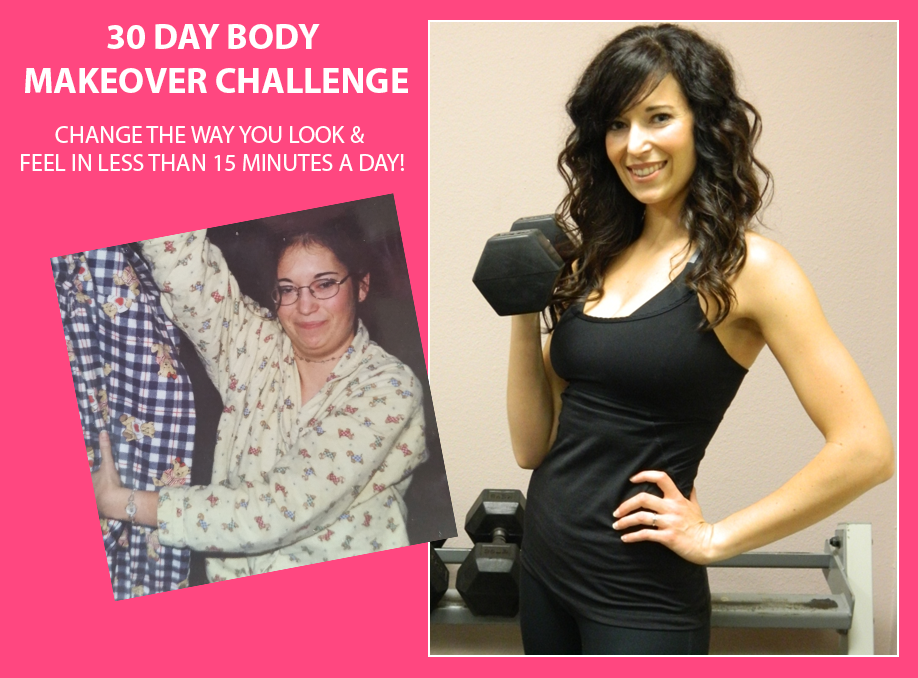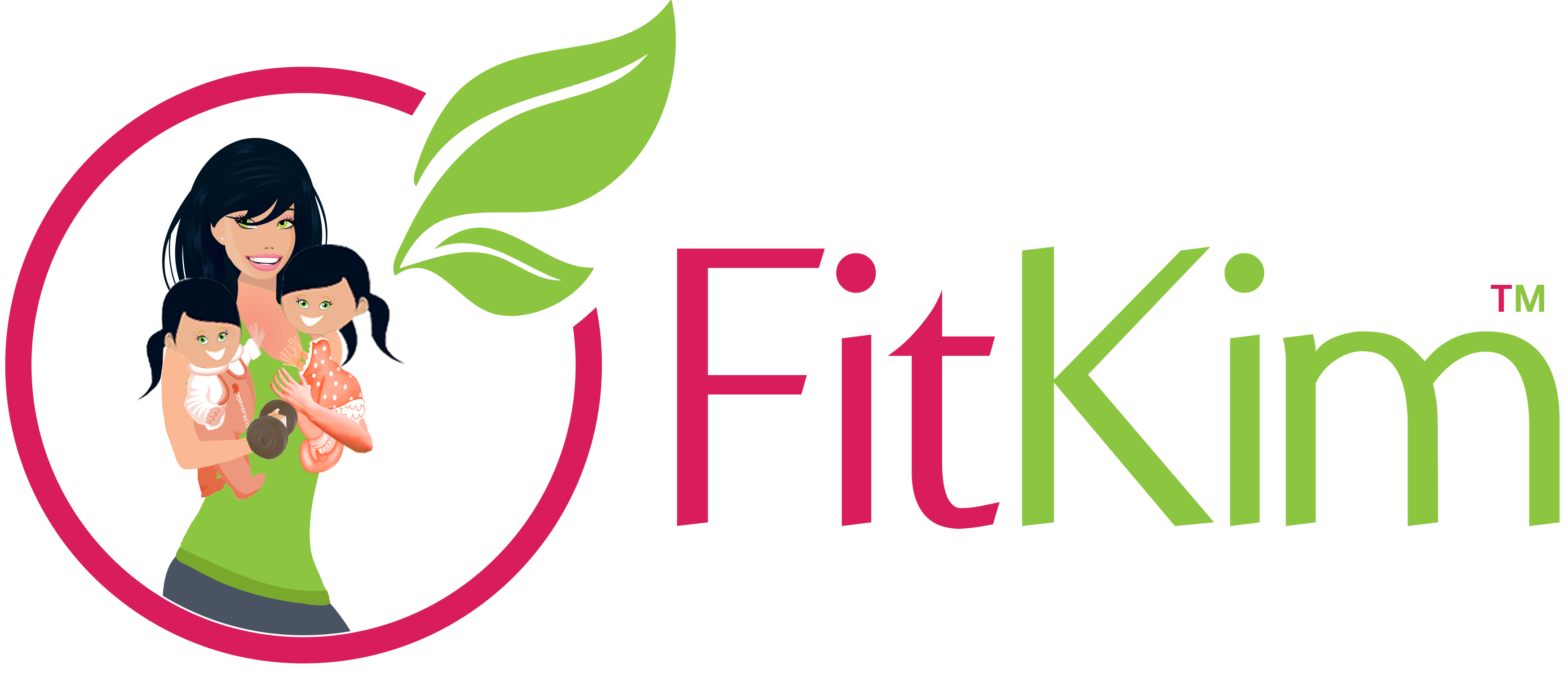Guest Blogger, Theresa Brawner
One of the most common ailments that people who work 9 to 5 office jobs complain about is back pain. And it doesn’t take a doctor to figure out why; most of them spend their time at work sitting in a chair in a singular position, and this puts quite a bit of strain on both the lower and the upper back. If something isn’t done about this before a person reaches old age it can cause a number of health difficulties. Fortunately, you can prevent that and stop your back from constantly feeling tense and painful just by performing the right kind of exercise. You should probably also incorporate a healthier diet with more calcium to promote better bone health, but today we’re only going to be focusing on what you can do through exercise alone.
 One of the best exercises you can do to alleviate back and joint pain is definitely yoga. Originating in ancient India, yoga is perhaps best described as a collection of physical, mental and spiritual practices to help heal and relax the body, and making a person more aware of what their body requires. Therefore, it’s not a purely physical activity like running or weight-lifting, and because of this it is a lot less stressful for the body itself.
One of the best exercises you can do to alleviate back and joint pain is definitely yoga. Originating in ancient India, yoga is perhaps best described as a collection of physical, mental and spiritual practices to help heal and relax the body, and making a person more aware of what their body requires. Therefore, it’s not a purely physical activity like running or weight-lifting, and because of this it is a lot less stressful for the body itself.
The goal of yoga isn’t to completely exhaust your body and leave you feeling like you just survived a shipwreck; on the contrary, it’s to make you feel more energetic than before by relaxing your muscles and returning energy to your body; or rather, freeing the energy that is already there.
Downward Facing Dog
Assume a “four-legged” position by resting yourself on your hands and knees. Then, slowly begin raising your hips and straightening your legs and back, until you’re resting on your feet and your hands. If you aren’t flexible enough to lay your feet on your mat, it’s okay to remain just on your toes for now, but try to work up to the flat feet position as much as you can. Once you’re in the final position, take a few deep breaths and slowly transition back to your initial position.
Child’s Pose
This pose works wonders for your upper back, which is great if you’ve been doing any kind of heavy lifting. If you practice martial arts, this part of the back is the first to get very sore and tense, all the more reason to do the child’s pose as often as you can. At first you should be resting on your knees, extending your hands in front of you as much as you can and easing your pelvis into your heels. Stretch your arms out in front of you as much as you can. A great pose that you can transition to from the child’s pose is the upward facing dog, which is great for the lower back as well.
Crescent Pose
Starting off in the downward dog pose, take a big breath and put your right foot directly between your hands. Bend your front knee as close to 90 degrees as it feels comfortable, ideally your knee should be positioned right above your heel. Then, transfer your weight to your back foot, and align your front heel with your back toes. Finally, raise your torso into an upright position and point your arms to the ceiling, holding the pose for at least 30 seconds.
Conclusion
There are many more yoga poses out there that you can try, but I feel that these three are the easiest for the beginner to master and instantly feel the pain relief that they’re searching for. Yoga is definitely something that everyone should try, as it’s a great way to approach healing your body in a very holistic fashion. Stay healthy!
Theresa Brawner is a 28-year-old fitness instructor from Boston, MA, who writes articles for www.diet.st. in her free time. When she isn’t helping new moms get back in shape, you can find her in the kitchen, working on new recipes.
Like this post? Click here to see how you can get my 30 Day Meal Plan and four SuperFit Kitchen Cookbooks to skyrocket your results!
*The information on this site is designed for educational purposes only and has not been evaluated by the Food and Drug Administration. It is not intended to be a substitute for informed medical advice or care. You should not use this information to diagnose, treat, cure or prevent any health problems or illnesses without consulting your pediatrician or family doctor.
*In addition, there are affiliate links throughout this site and I may receive a commission if you click through and make a purchase. Thank you!




